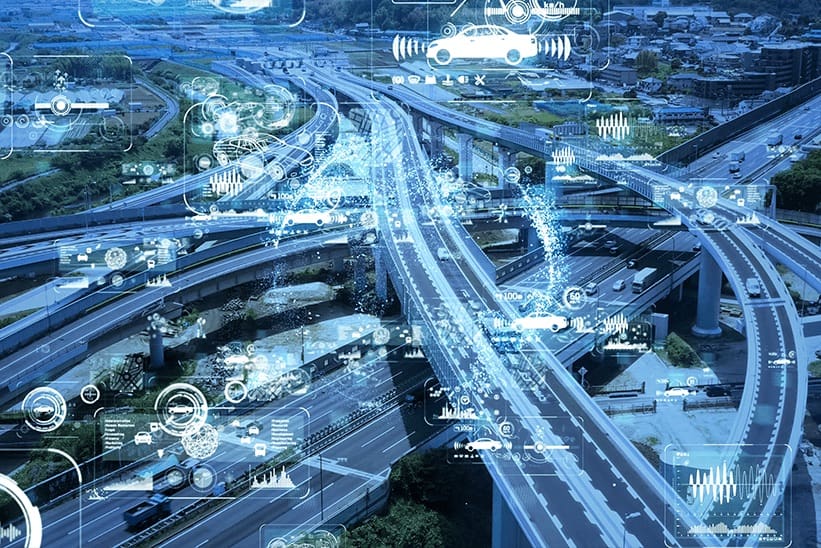
The transportation industry is rapidly evolving with technology. Among these advancements, edge computing has become crucial for real-time data processing and decision-making. However, as the demands on these systems grow, fog computing has emerged as a complementary technology that enhances the capabilities of edge computing.
UNDERSTANDING EDGE COMPUTING AND FOG COMPUTING
Edge computing processes data near its source, avoiding centralised warehouses. It appears in connected vehicles, traffic lights, and roadside IoT devices.
Fog computing extends the concept of edge computing by creating a layer of distributed computing infrastructure that lies between the edge devices and the cloud. This layer helps in processing and analysing data closer to where it is generated, thereby reducing latency and improving efficiency.
The key difference between cloud and edge computing is the amount of data to be processed; cloud computing handles massive amounts, while edge focuses on much smaller subsets.
BENEFITS OF FOG COMPUTING IN TRANSPORTATION
Reduced latency and real-time processing
In transportation, milliseconds matter. Whether it’s for collision avoidance systems in autonomous vehicles or real-time traffic management, the need for instantaneous data processing is crucial. Fog computing reduces latency by processing data closer to the source, thereby enabling faster response times which are critical for safety and efficiency in transportation systems.
Enhanced data security
Transportation systems deal with vast amounts of sensitive data, from passenger information to vehicle diagnostics. By processing data locally through fog nodes, the need to transmit sensitive information over potentially insecure networks to centralised clouds is minimised. This localised processing significantly enhances data security and privacy.
Improved scalability
Fog computing provides higher system reliability through redundancy. In transportation, system failures can have severe consequences. Multiple fog nodes ensure continuous operation of critical infrastructure even if one node fails.
Reliability and redundancy
Fog computing can provide higher system reliability through redundancy. In transportation, where system failures can lead to severe consequences, having multiple fog nodes ensures that if one node fails, others can take over its processing tasks. This redundancy is vital for maintaining continuous operation of critical transportation infrastructure.
Efficient bandwidth usage
Sending all data from edge devices to the cloud for processing can consume significant bandwidth, leading to higher operational costs and potential delays. Fog computing mitigates this by processing data locally, sending only essential information to the cloud. This approach optimises bandwidth usage and reduces costs associated with data transmission.
REAL-WORLD APPLICATIONS
- Autonomous vehicles: Fog computing supports real-time processing needs of autonomous vehicles. It provides low-latency data processing for obstacle detection and route planning.
- Smart traffic management: Cities deploy fog nodes at intersections to manage traffic lights dynamically. These nodes analyse data from cameras and sensors in real-time to make immediate adjustments.
- Predictive maintenance: Fog nodes process data from vehicle sensors to predict potential failures. This predictive maintenance prevents breakdowns and improves transportation reliability.
- Public transportation systems: Buses and trains utilise fog computing to process sensor data. They provide real-time updates to passengers, enhancing the travel experience.
LOOKING AHEAD
Fog computing stands as a powerful enhancement to edge computing, offering significant benefits for the transportation industry. By providing reduced latency, enhanced security, improved scalability, increased reliability, and efficient bandwidth usage, fog computing ensures that transportation systems can meet the demands of modern, connected infrastructure. As the transportation sector continues to evolve, the integration of fog computing will be crucial in creating smarter, safer, and more efficient transportation networks.
For more information on how our edge computing solutions can transform your transportation operations, contact us today. Let’s embark on this journey to modernising transport together.